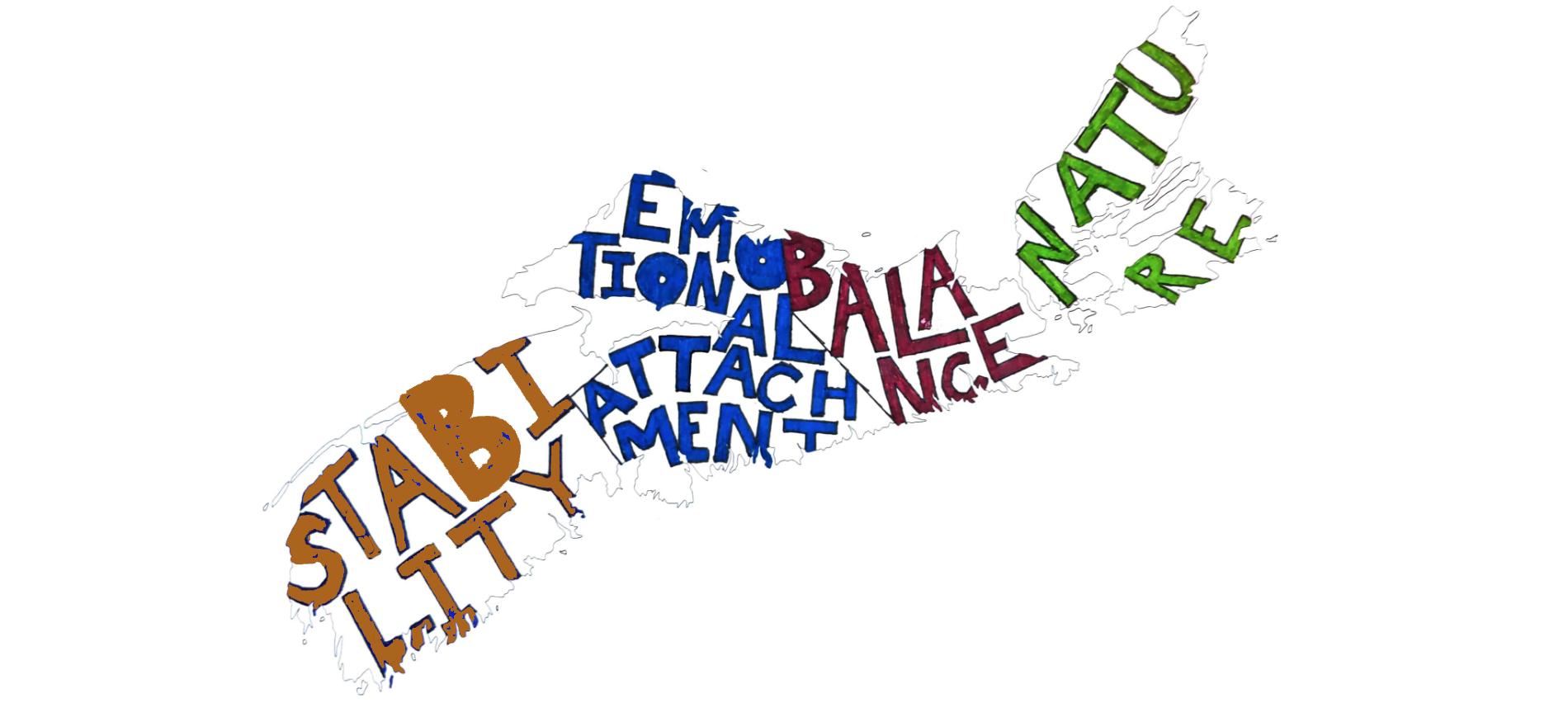Photovoice:
Learning to stay, learning to go
Young people move a lot, and they always have. This is especially the case in Atlantic Canada.
Youth mobility in the region is increasingly in lock-step with global trends, as youths’ lives are increasingly detached from geographic place and community. Even though global power relations and inequities shape youths’ lives, recent research from Nova Scotia suggests that young people may express a lot of agency in the migration process.
It is becoming clearer that youths’ mobility and migration decisions are made up of a complex combination of relational, biographical and emotional considerations, and do not just represent a response to labour market dynamics and immigration policies.
PHOTOVOICE
Could it be that the non-economic aspects of youths’ lives, including attachment to community, life aspirations, and a general sense of belonging, play an important role in deciding to remain in or to leave a given place?
In Nova Scotia, this means looking at local youth out-migration in counterpoint to the simultaneous in-migration of an increasing number of international students to the province.

Photovoice
About
The project has incorporated a province-wide survey and interviews, as well as a small online photovoice workshop with youth in Halifax and Cape Breton.
Photovoice is a photographic technique that enables participants to record and reflect on their experiences in order to promote critical dialogue and new knowledge about important social issues.
For this project, photovoice involved two components. First, participants took photographs related to their mobility decisions. Second, participants got together to analyze their pictures, develop themes, and collectively reflect on the factors that influence their decisions to stay or leave a particular place. The two quotes in bubbles come from this conversation.
Inside the map of Nova Scotia below you will see the four themes developed by our participants: Stability, Emotional Attachment, Balance, and Nature.
Clicking on the map will take you on a tour of our group’s photovoice exploration.

